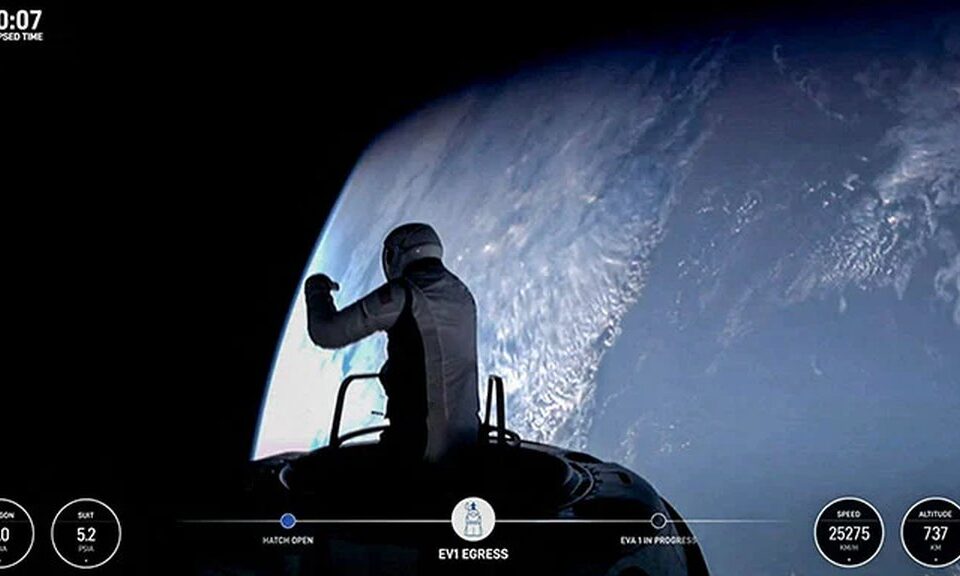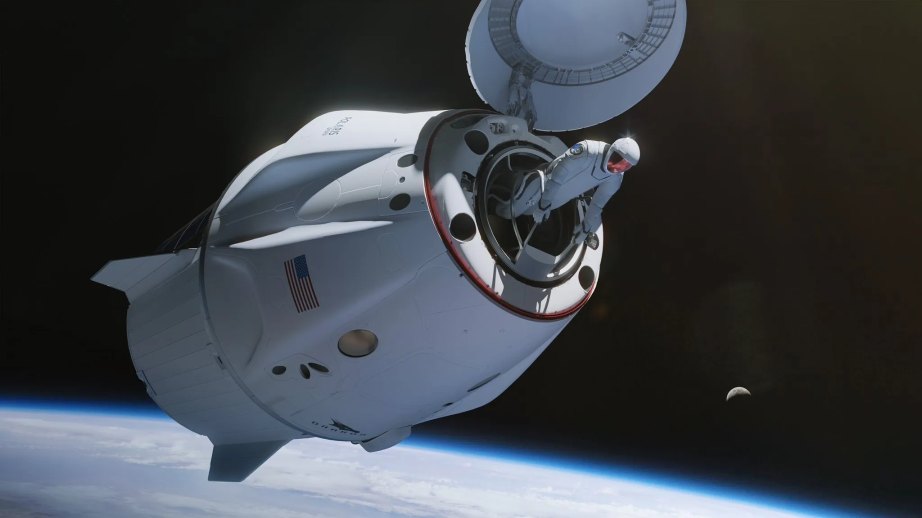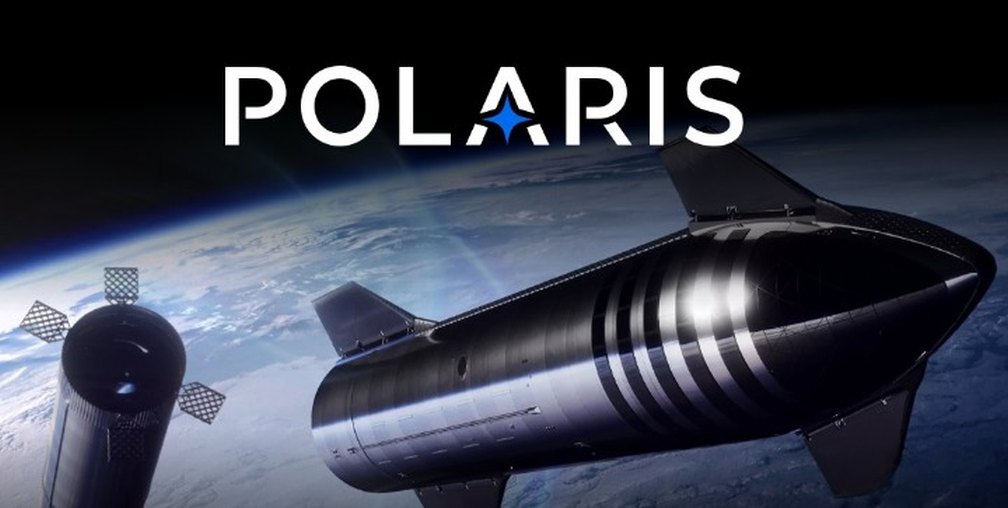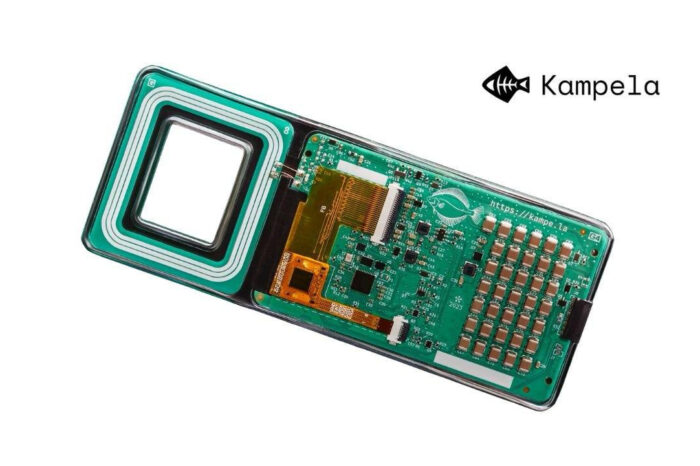SpaceX Makes History with the First-Ever Civilian Spacewalk

This morning, SpaceX made history by conducting the first-ever civilian spacewalk, marking a giant leap forward for the commercial space industry. While countless astronauts have ventured outside the International Space Station, walked on the moon, or taken part in various space missions, we’ve never seen a regular person experience the wonder of space in quite this way.
This milestone comes on the heels of SpaceX’s Polaris Program’s successful launch of a groundbreaking private mission aiming for an altitude three times higher than the International Space Station.
The SpaceX Polaris Dawn mission, led by fintech billionaire Jared Isaacman, launched early Tuesday from Kennedy Space Center in Florida, venturing further into space than any human has in the last 50 years since the Apollo program.
Once their Dragon spacecraft reached an orbit of 430 miles above Earth, the four-member crew began their extravehicular activity (EVA) at 10:12 GMT on Thursday, with pure oxygen flowing into their suits.
SpaceX Just Sent Two Civilians on a Historic Spacewalk
In the video below, you’ll see two civilians stepping outside into the vastness of space, looking every bit like seasoned NASA astronauts on a spacewalk. SpaceX’s Polaris Dawn mission featured tech mogul Jared Isaacman and SpaceX engineer Sarah Gillis stepping outside their capsule, floating nearly 450 miles above Earth, in the first-ever privately funded spacewalk.
Pause for a moment and think about what we’re witnessing here. A private company, SpaceX, has achieved what was once thought impossible: creating reusable rockets and now sending everyday people into space.
Sure, it might seem like a small number—just two civilians out of over 8 billion people—but it marks a giant leap toward a future where millions might one day walk and even live in space.
Could this mean people living on Mars? Perhaps. Settling on the moon? Maybe. Or calling some futuristic version of the International Space Station home? Who knows.
While it’s tough to predict exactly how things will unfold, one thing is clear: we’re on an upward trajectory. Innovation is making it easier and cheaper to send people and things into space. Naturally, companies like SpaceX will continue to seize these opportunities, driven by the incentives to grow and explore.
This is just the beginning. Today, it’s four civilians stepping outside Earth’s bounds. Tomorrow, it could be many more.
And it’s not just spacewalks that are advancing. Companies like Varda Space Industries are pushing boundaries in other ways—like successfully manufacturing a drug in space and bringing it back to Earth. Their belief? Space offers unique conditions that might just give us an edge over Earth-based labs.
If we let ourselves dream with the enthusiasm of a child, it’s not hard to imagine a future where work, play, and innovation happen both on Earth and beyond. What seemed like a wild fantasy when SpaceX was founded two decades ago is inching closer to reality with each passing day.
Seeing this morning’s spacewalk, it’s hard not to feel inspired to push the envelope even further. To dream bigger. To take risks. And to solve the challenges that truly matter.

This mission is part of Isaacman’s Polaris program, which includes a series of private spaceflights that push technological boundaries. The program’s achievements demonstrate how commercial efforts are reshaping space exploration, benefiting both the private sector and NASA. Bill Gerstenmaier, SpaceX’s vice president of build and reliability, highlighted the collaboration and knowledge-sharing between SpaceX and NASA to advance space exploration.
Meanwhile, the Dragon spacecraft is expected to splash down off the coast of Florida after the completion of another historic chapter in the era of private space travel.





